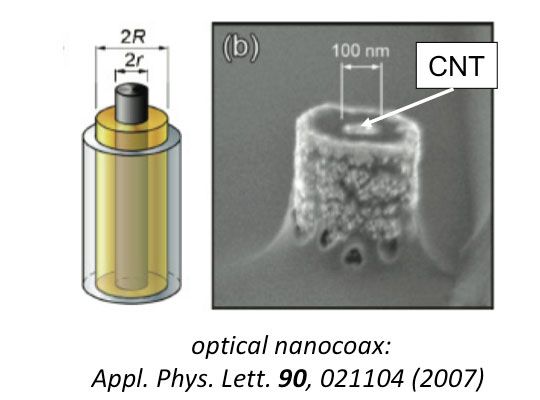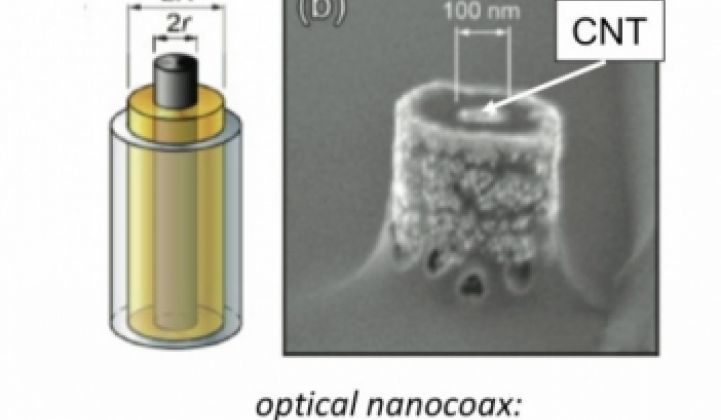"Separating the path of the photons from the path of the generated charge carriers."
"Decoupling the optical and electronic pathways."
That's what Solasta is trying to do.
The Newton, Mass.-based solar firm was founded in 2006 with A round funding from Kleiner Perkins. KP has a few of those stealth solar firms including Alta Devices and Solexel, none of whom appear on the portfolio portion of its website. In addition to VC funding from KP, Solasta has received more than $3 million in two DOE grants.
With technology and founding personnel in the form of three physics professors from Boston College (Michael J. Naughton, CTO, Zhifeng Ren and Krzysztof Kempa), Solasta is using amorphous silicon and carbon nanotubes on a glass substrate in an attempt to create more efficient solar cells that are simple and inexpensive to manufacture. Solasta is joined by at least 35 other VC-funded next-gen solar firms with similar goals. Most of whom will meet with limited commercial success.
Solasta is currently helmed by former KPCB Executive-in-Residence Mike Clary who has led other advanced technology companies such as GMZ Energy and Nanostar.
According to the executive summary in a February 2009 DOE report, Solasta:
"Provides a photovoltaic medium with independent optical and electronic pathways, separating the photo from the voltaic with respect to required thickness of
photovoltaic absorber material. It does so with innovations in both light and charge collection."
The amorphous-silicon "nanocoax" structure increases current and potentilally lowers materials cost. The company (which is hiring engineers) claims the process could increase the efficiency of conventional amorphous silicon PV by up to 150 percent.
CTO Naughton further explained Solasta's process in an email:
"In contrast to the numerous nanowire solar cell approaches under development, Solasta's Nanocoax, which is literally a nanoscale coaxial cable (think cable TV), requires photogenerated electrons and holes to travel only nanoscopic distances before reaching metallic electrodes. This significantly lowers carrier recombination, allowing more current to get out, and thus higher efficiency, even for noncrystalline materials like (but not restricted to) a-Si. Light collection is controlled by the Nanocoax vertical height, while the charge travels short distances horizontally (radially). This separation of the 'photo-' from the '-voltaic' solves the thick-vs-thin conundrum of solar power, and allows Solasta to use films even thinner than 'thin film,' further lowering cost and weight."
A startup with a new technology in solar can try to become a PV panel supplier like Solyndra or Nanosolar – but that takes hundreds of millions of dollars, could take a decades and cost thousands of innocent lives. The company could try to go the route that 1366 Technologies is trying – selling add-on processes that fits into existing manufacturing schemes. Or a startup can license its technology and that is currently Solasta's vision.
I spoke with the CEO and CTO this morning. "We look to license the technology to enable a step up in efficiency and to allow companies to differentiate," Clary said. Clary also envisioned a "software model" for the license, where successive generations of the Solasta technology would continue to flow through through their liscensees.
Naughton added that this was "an architecture, not a materials process," and that the firm was "not at all restricted to a-Si."
The startup is currently seeking more funding and my sources tell me that VantagePoint Venture Partners is taking a closer look.




